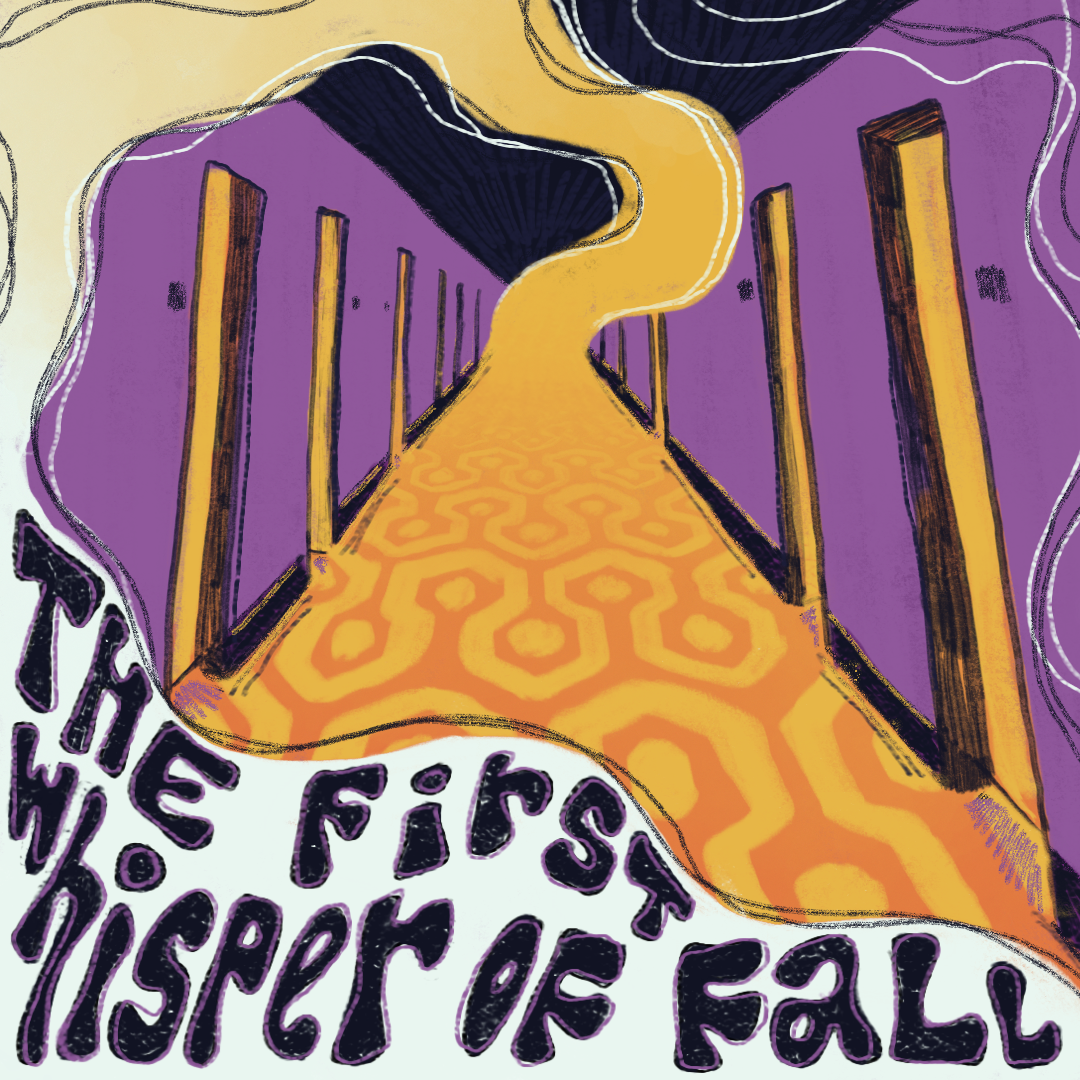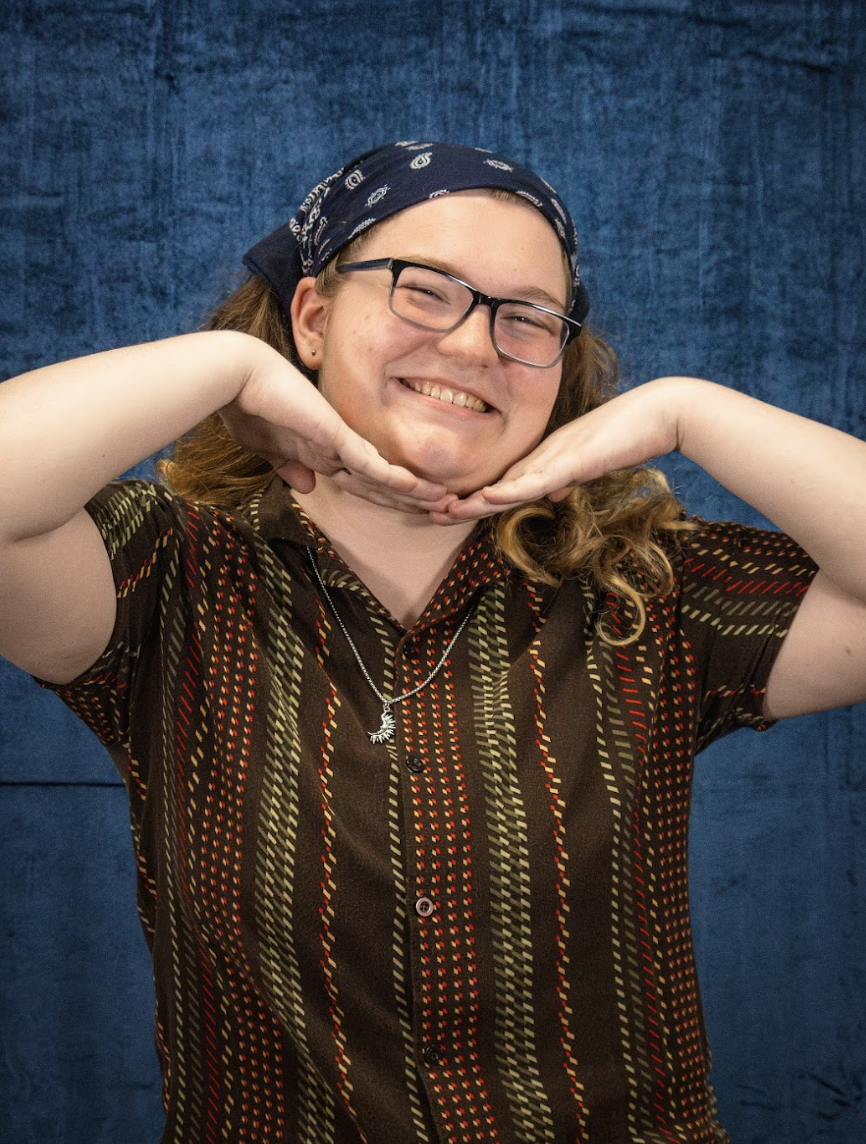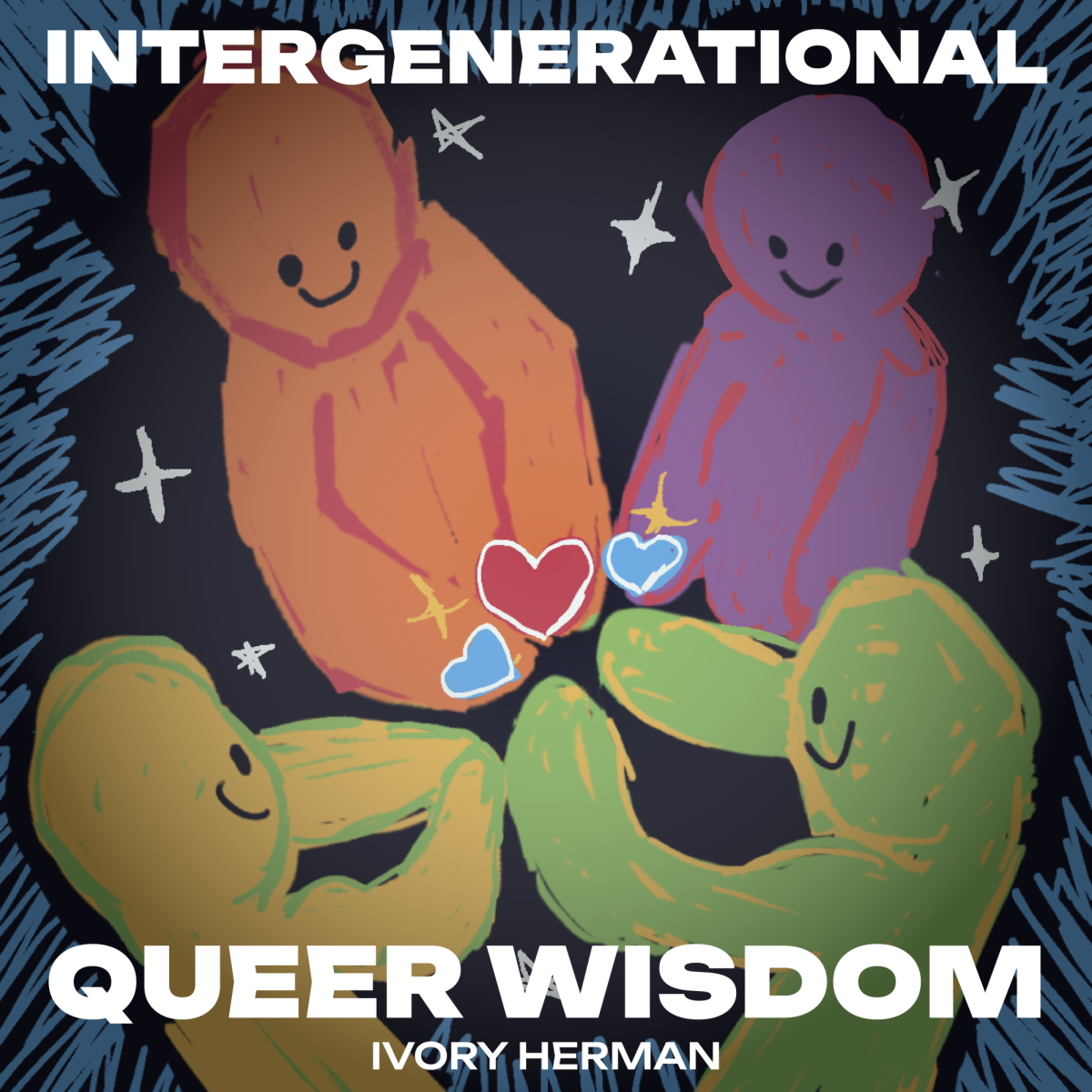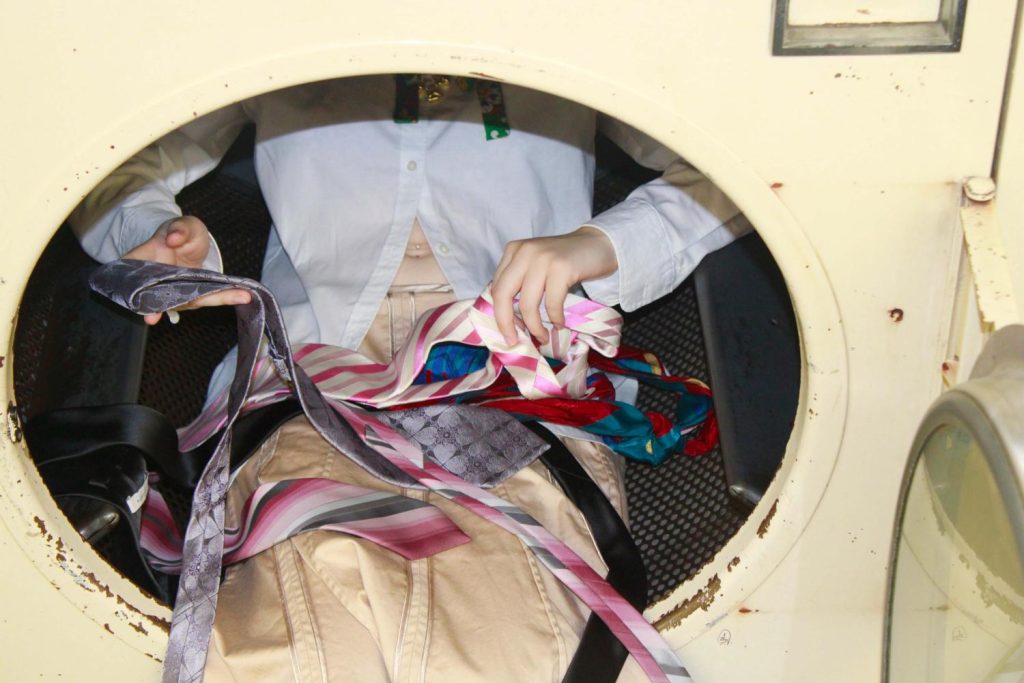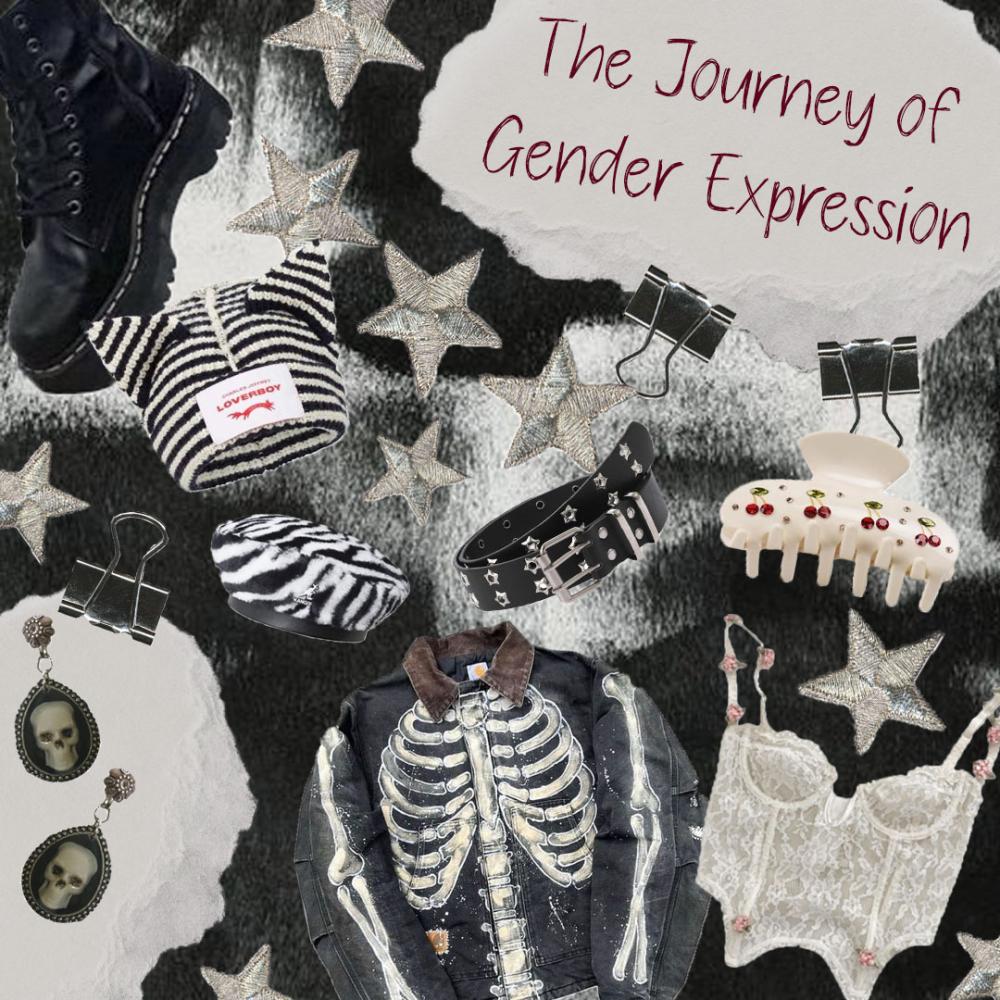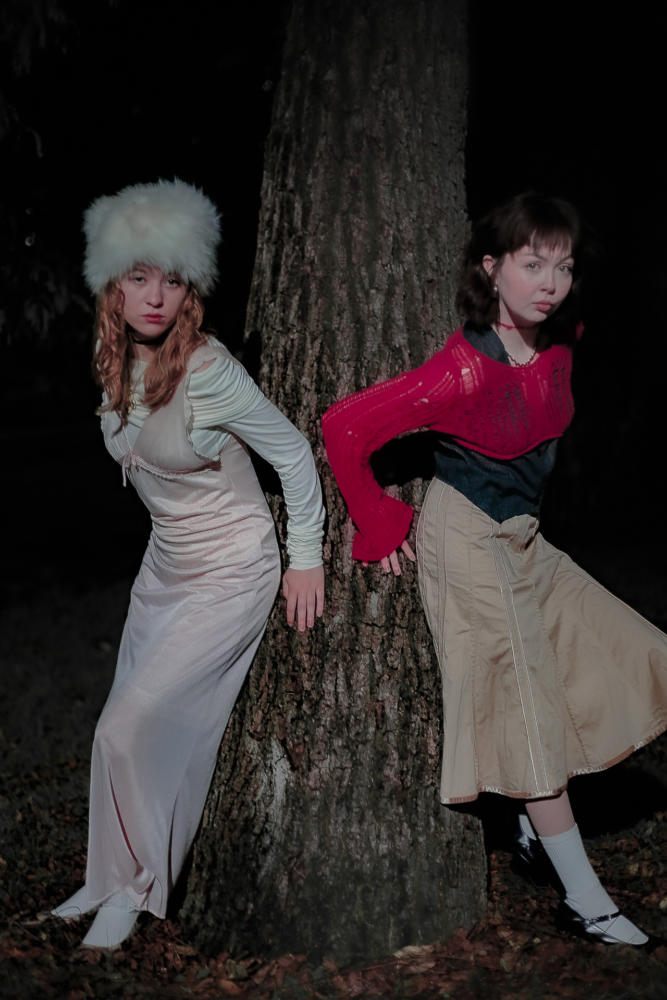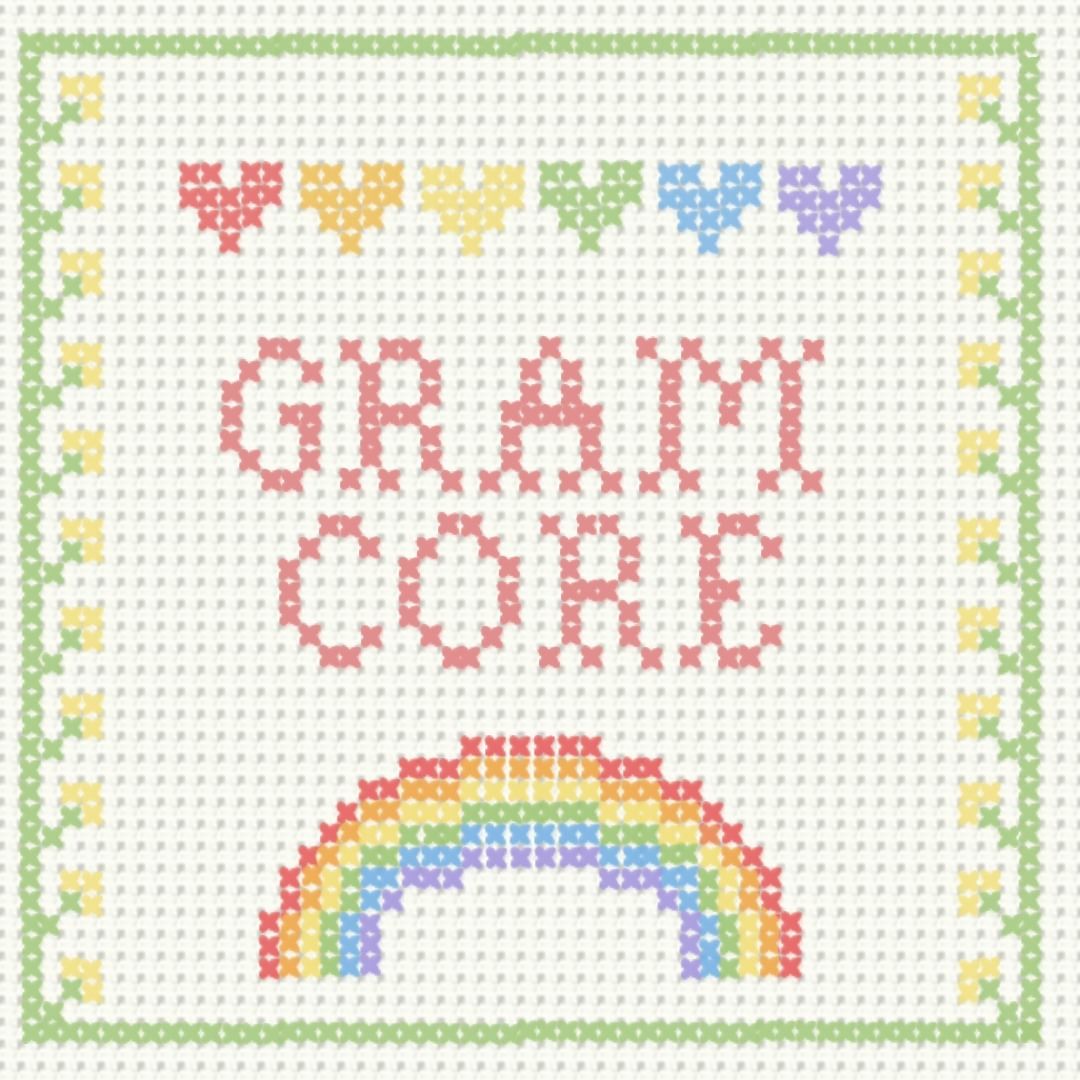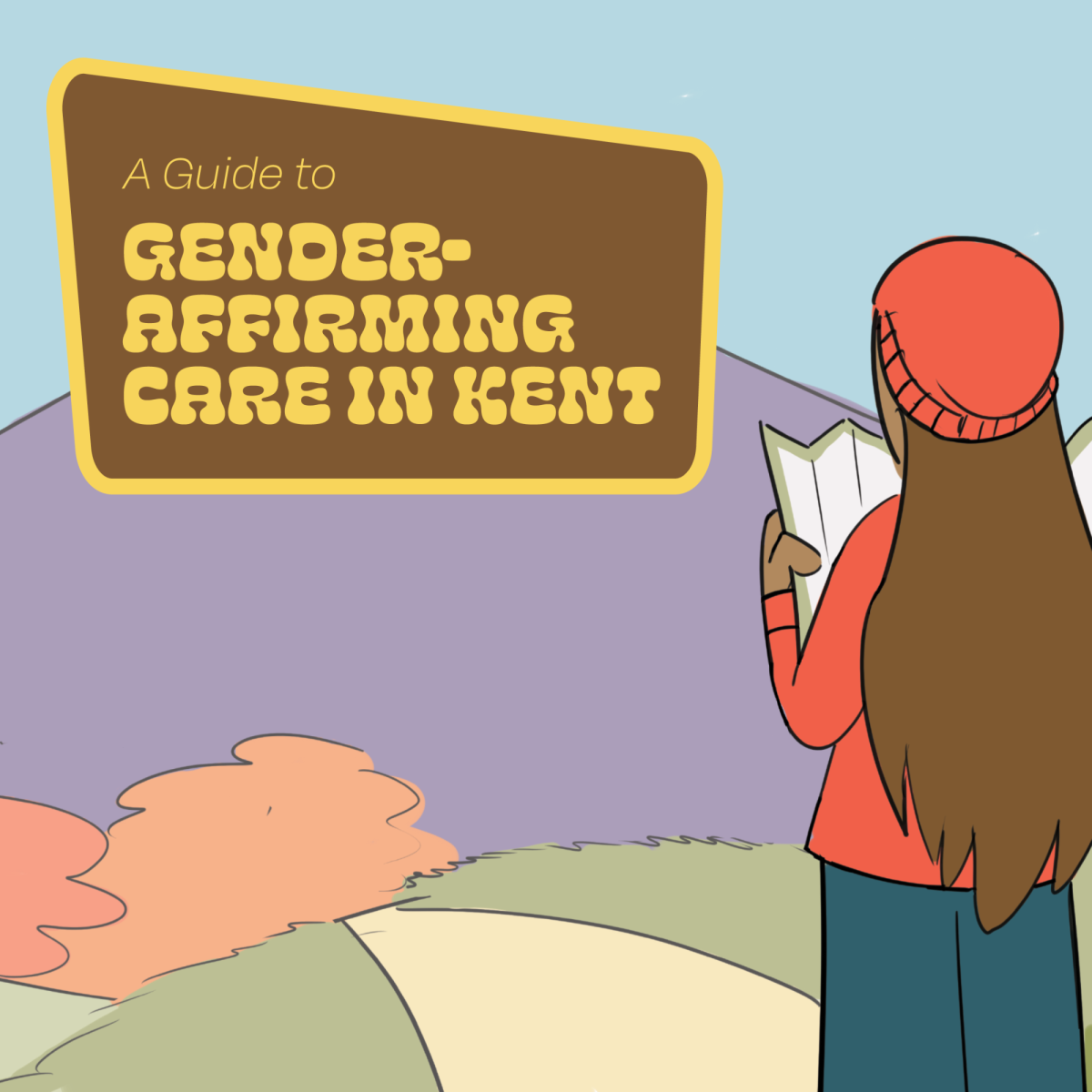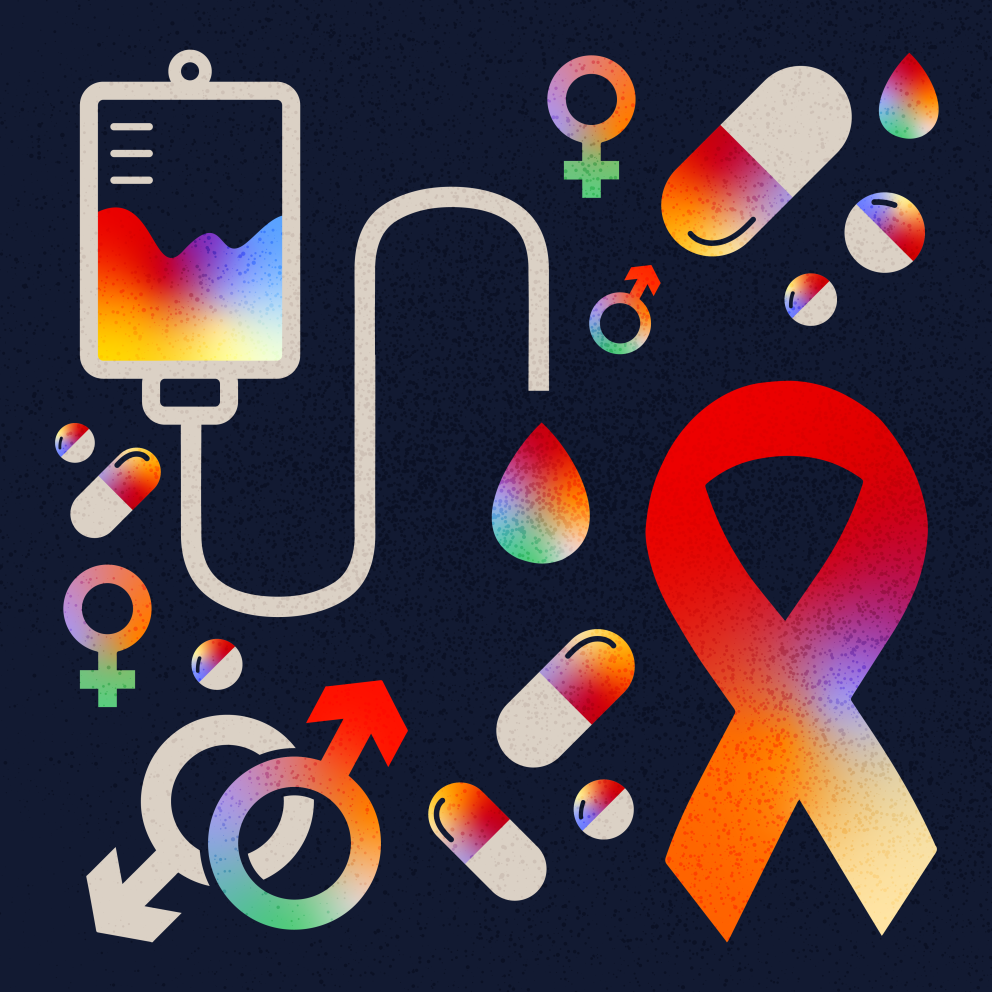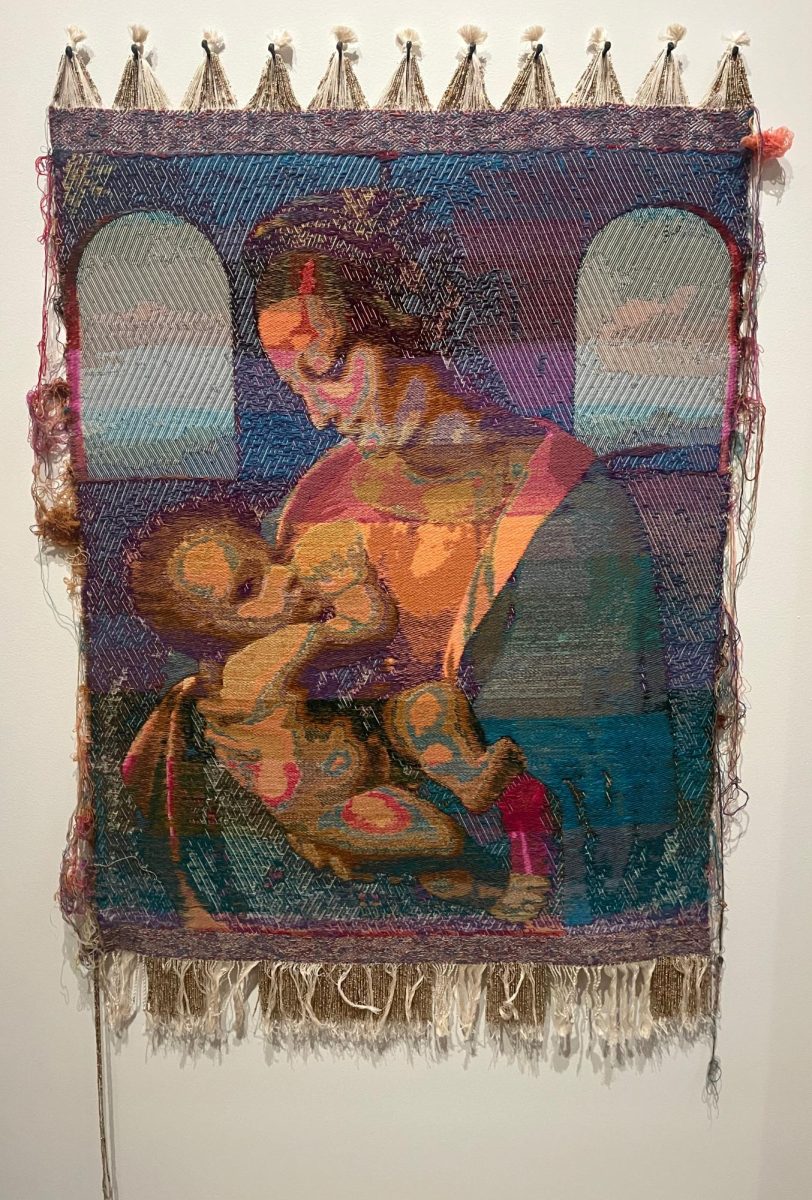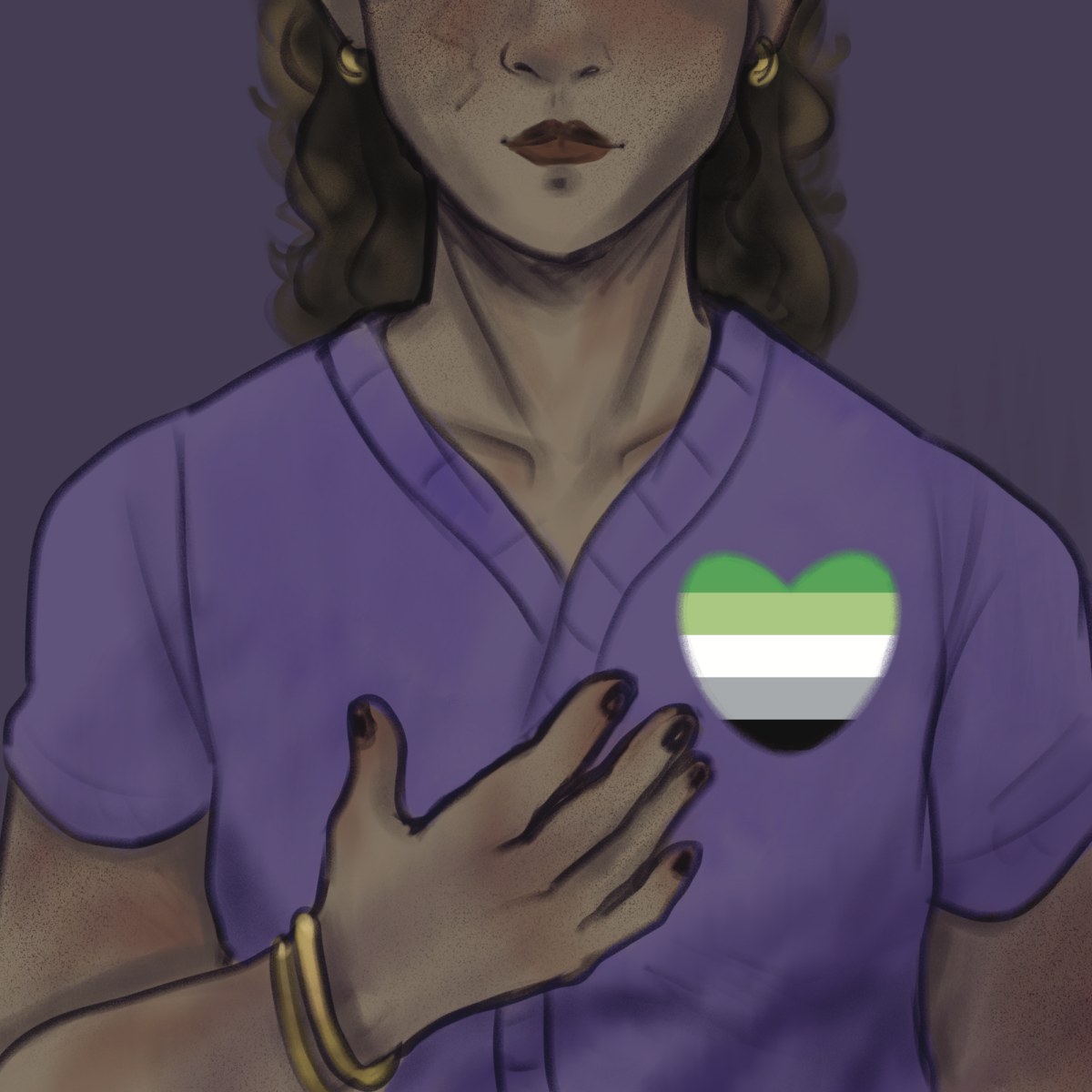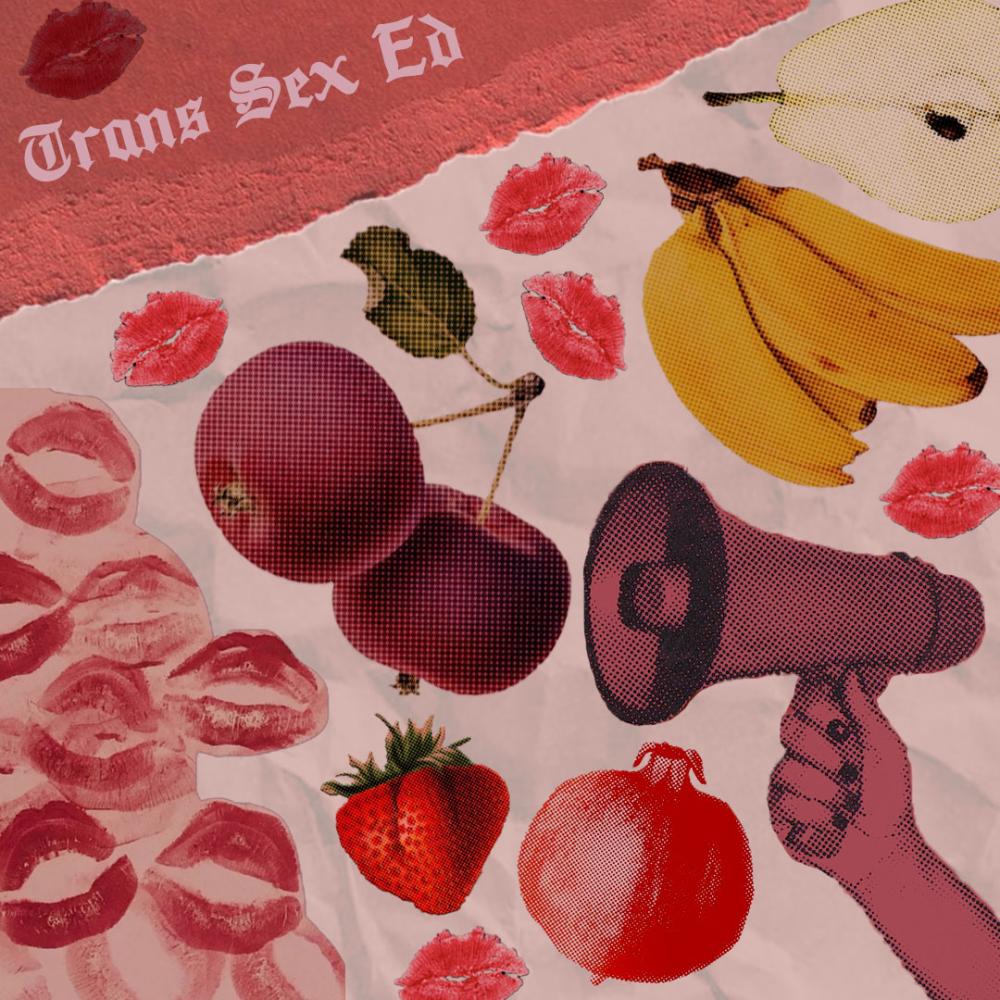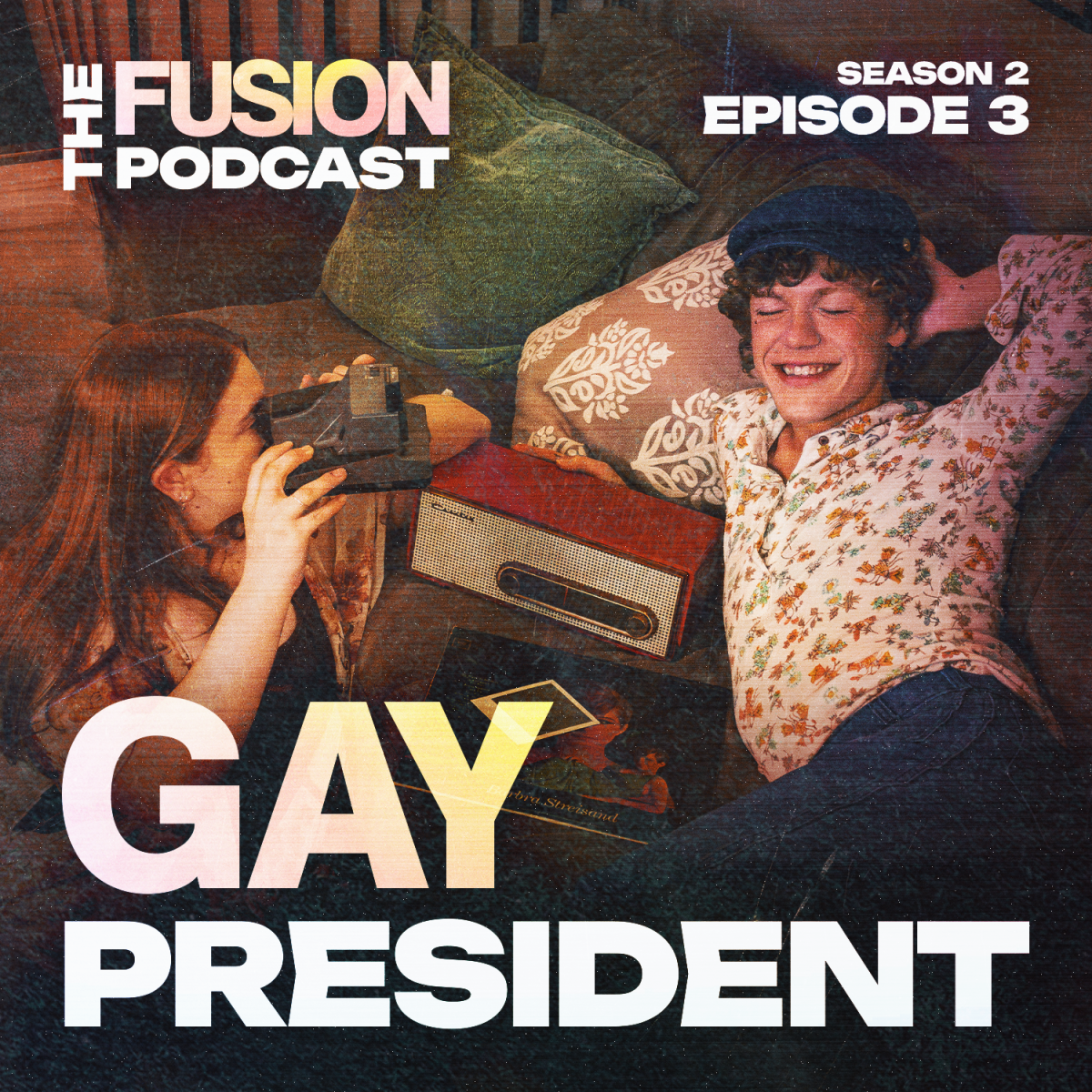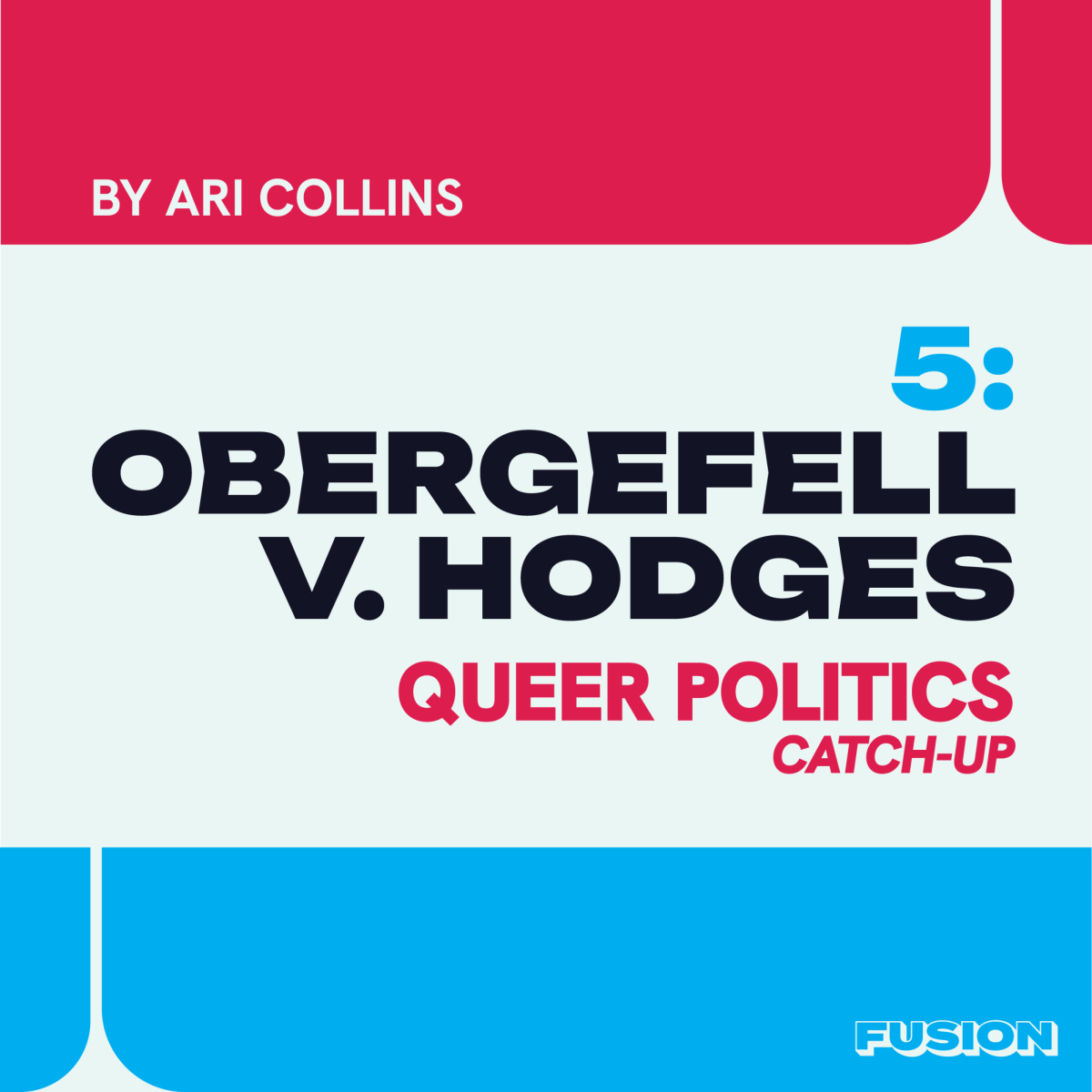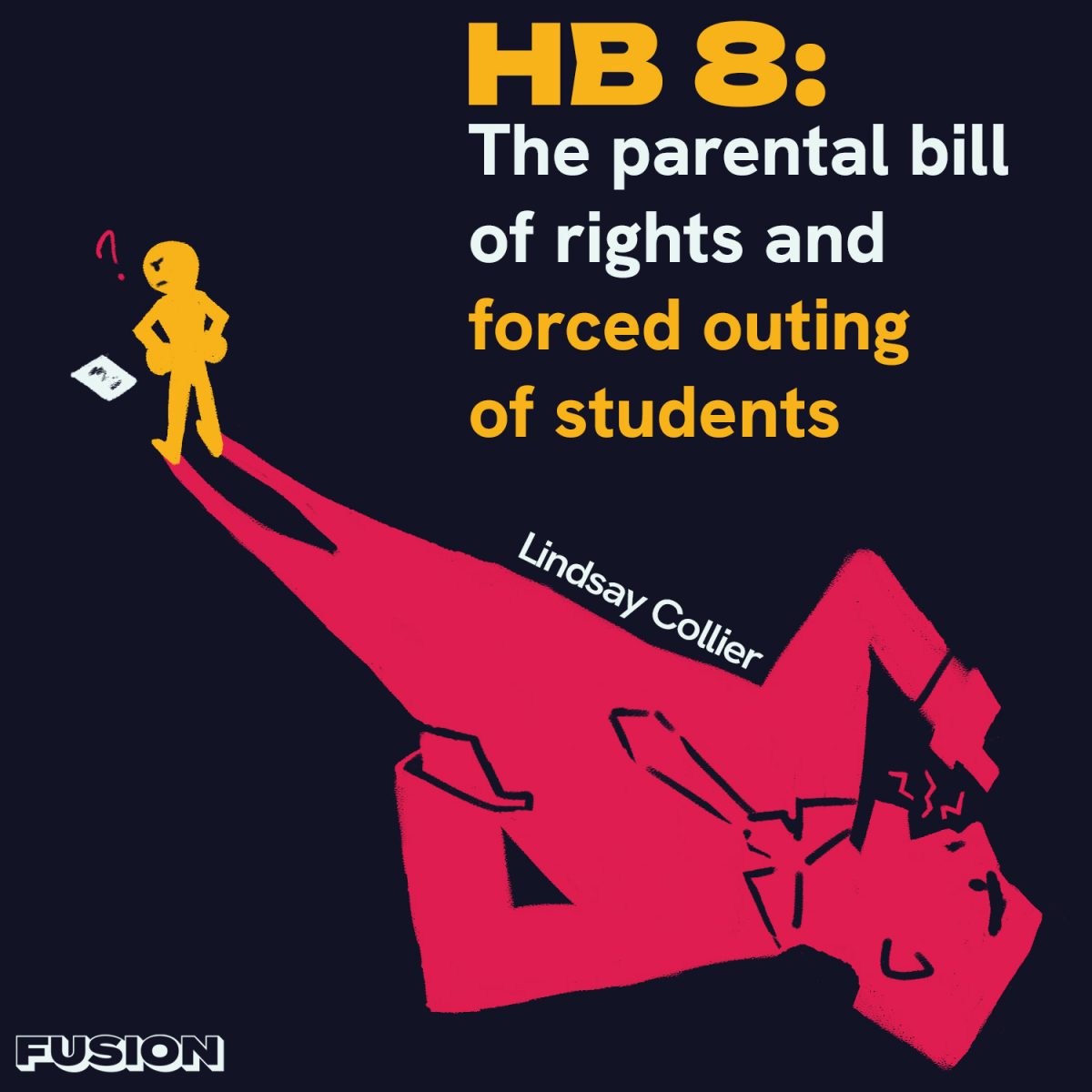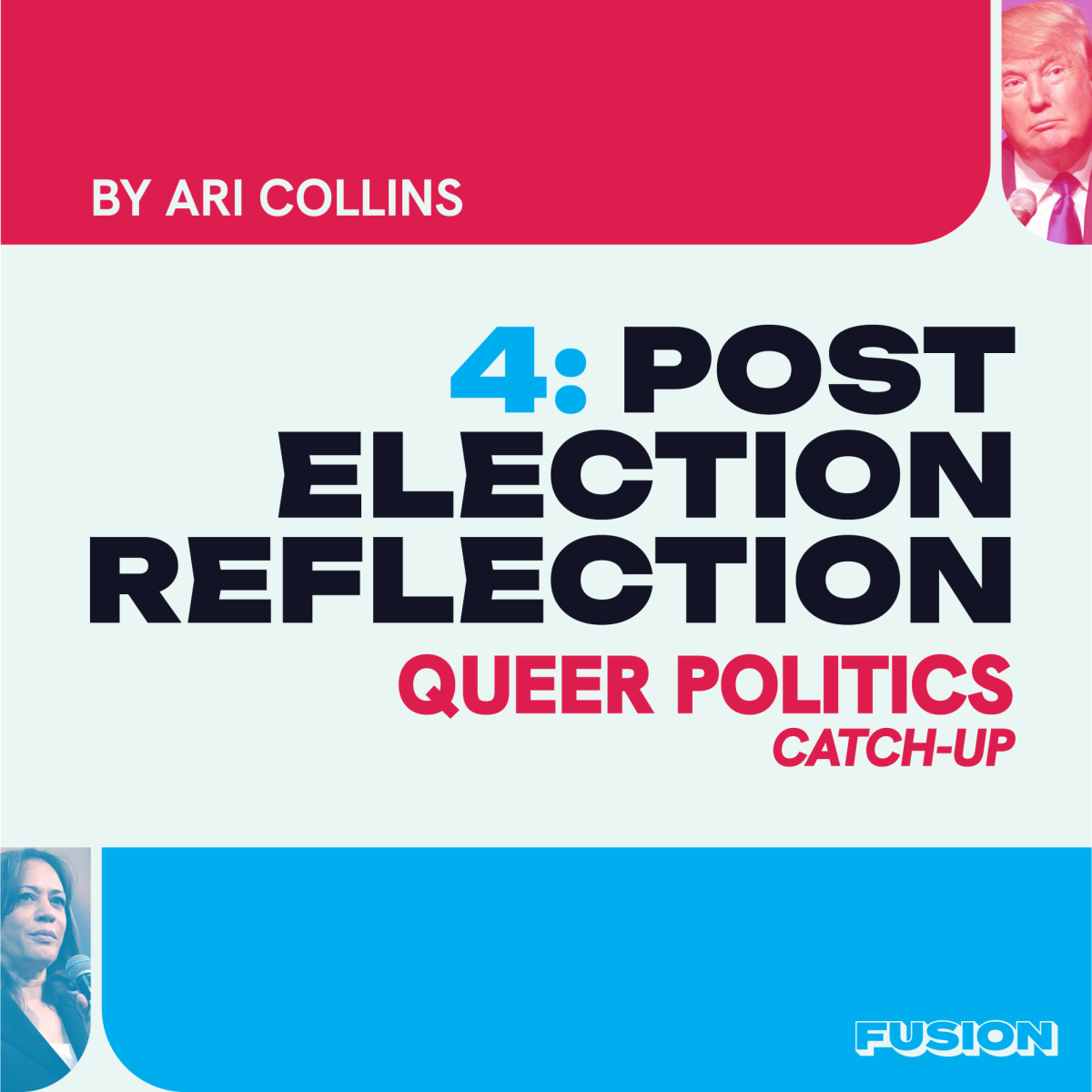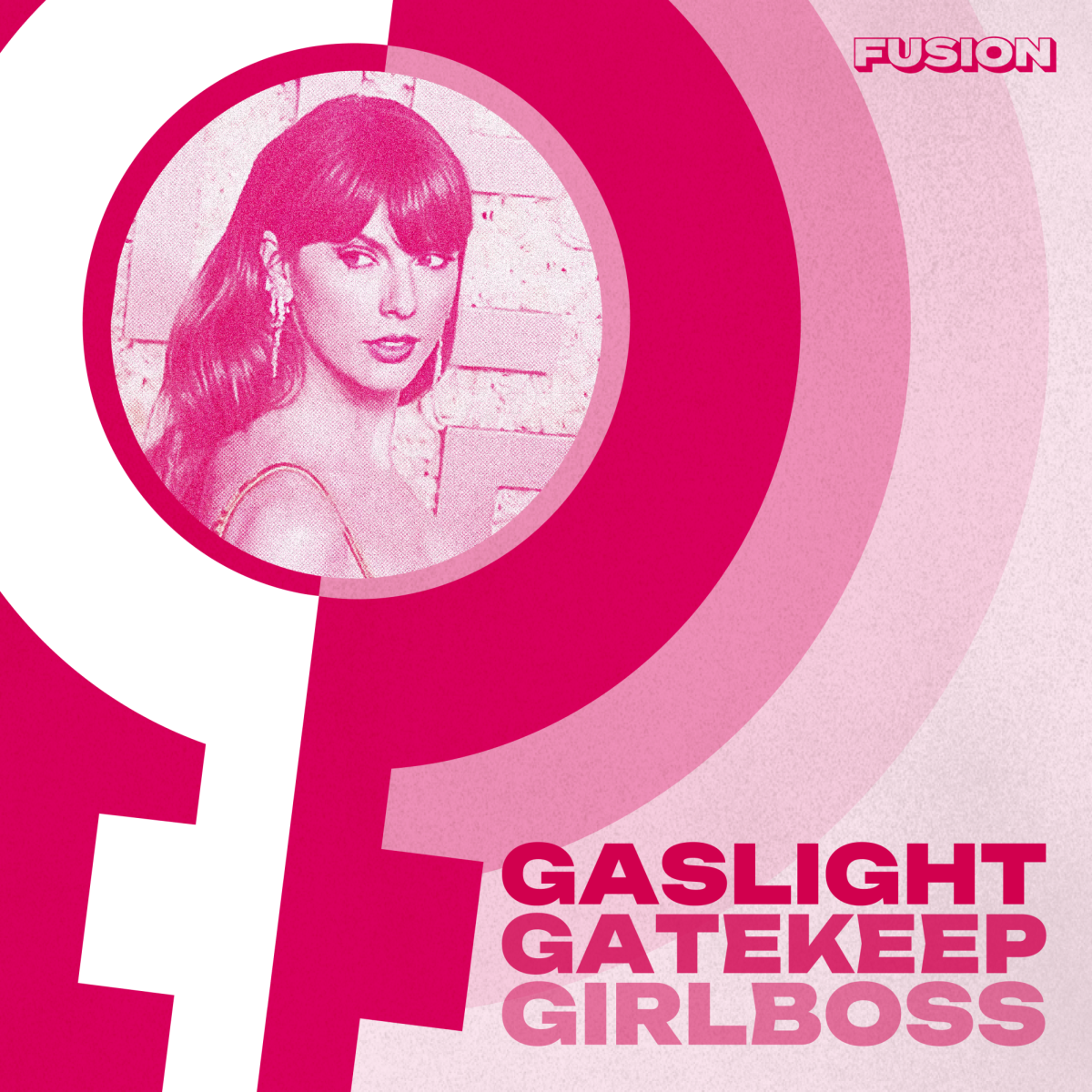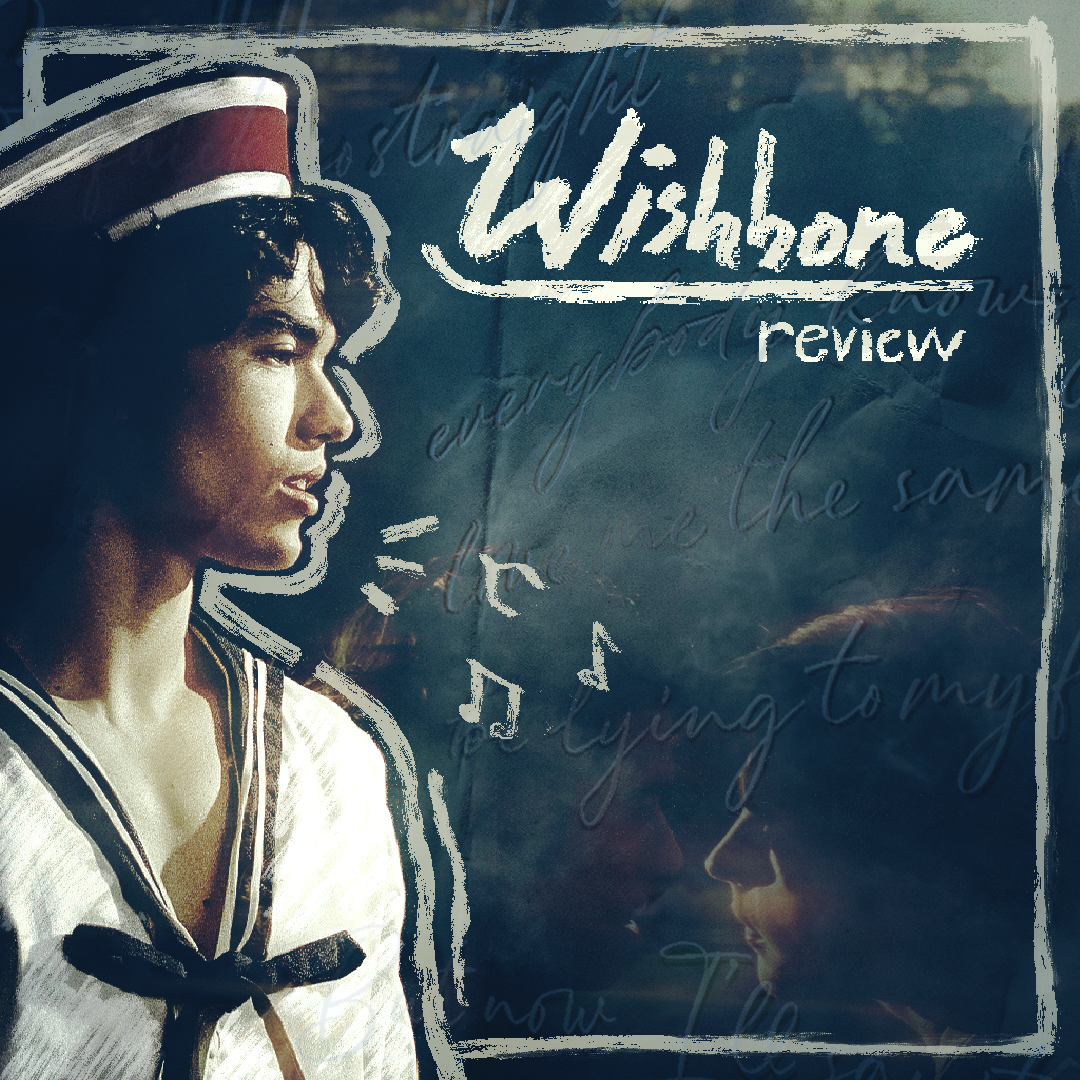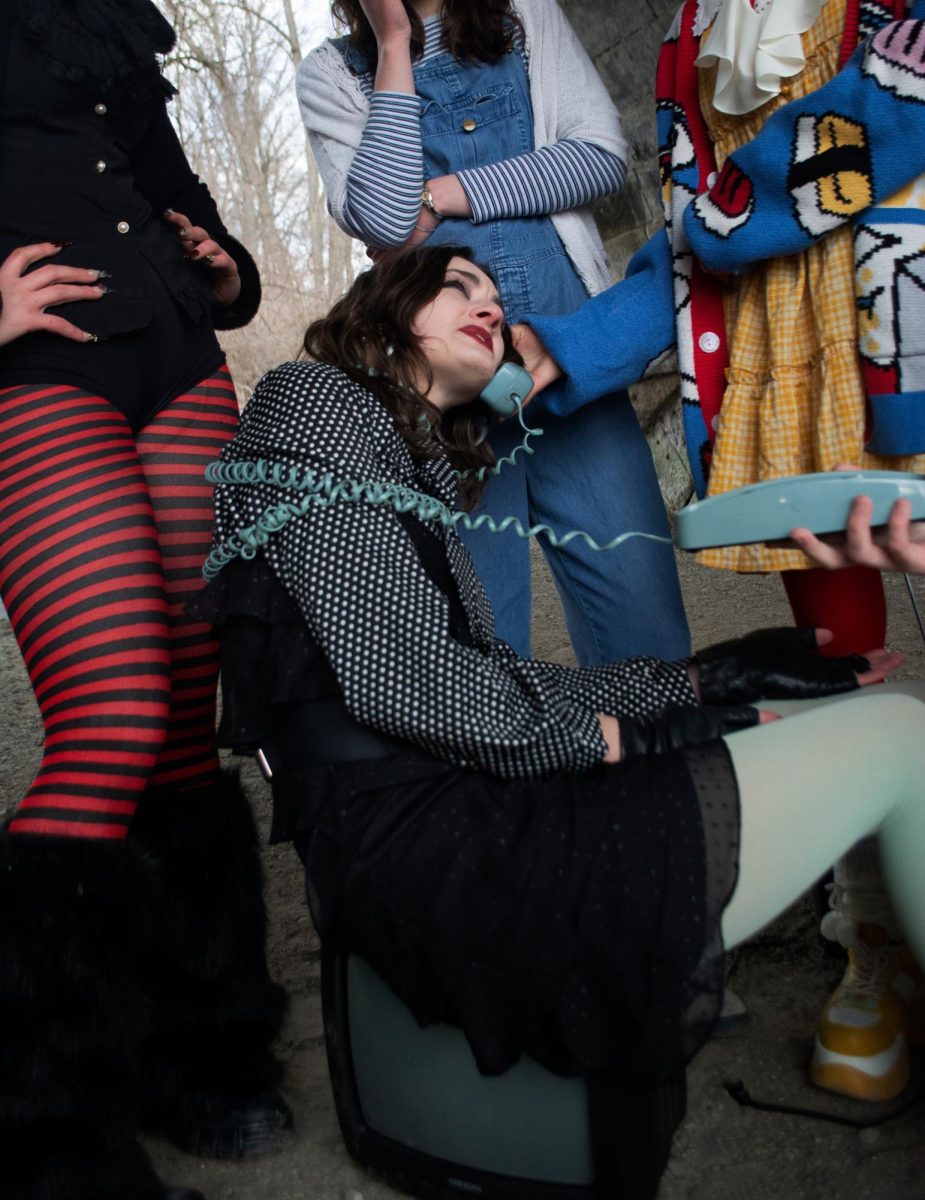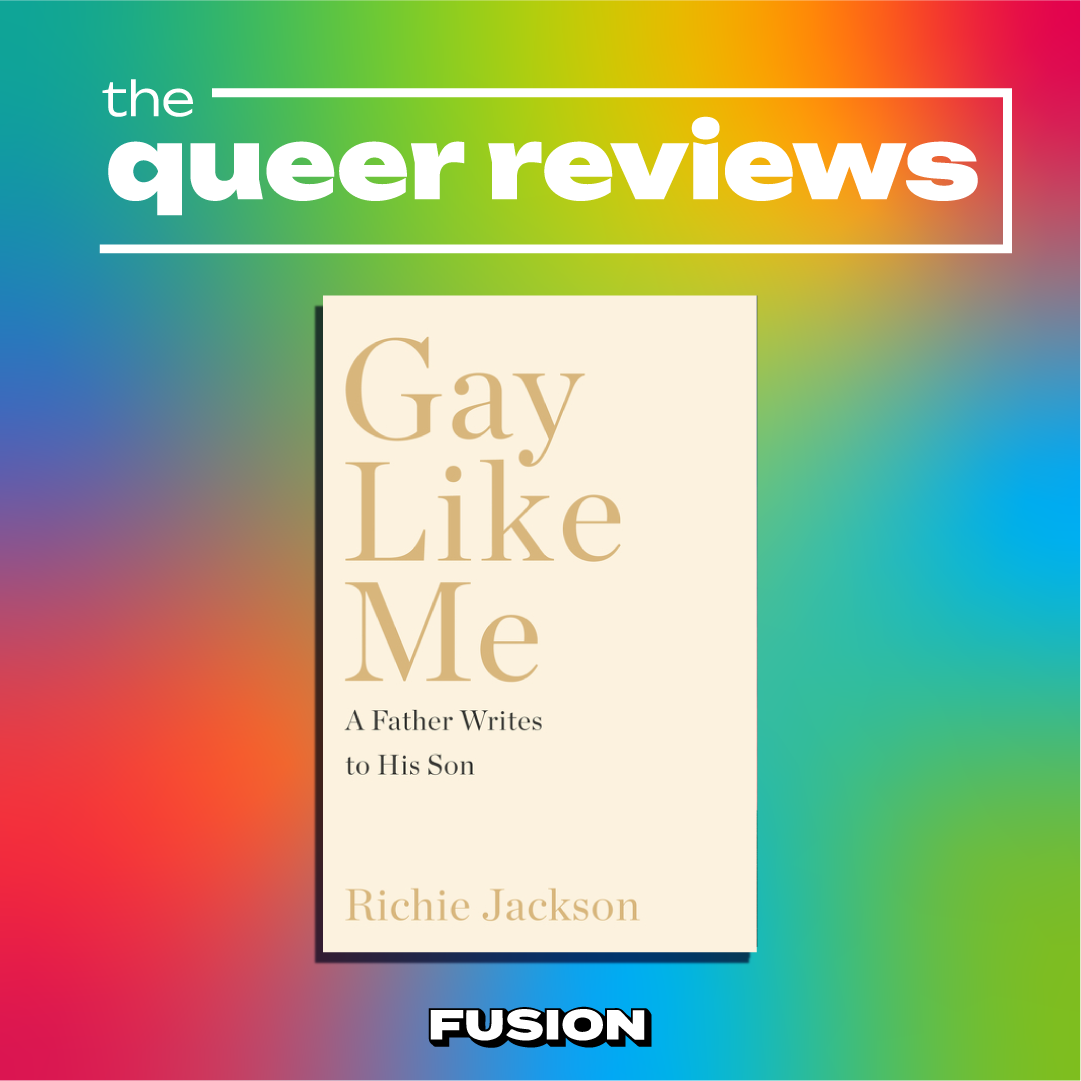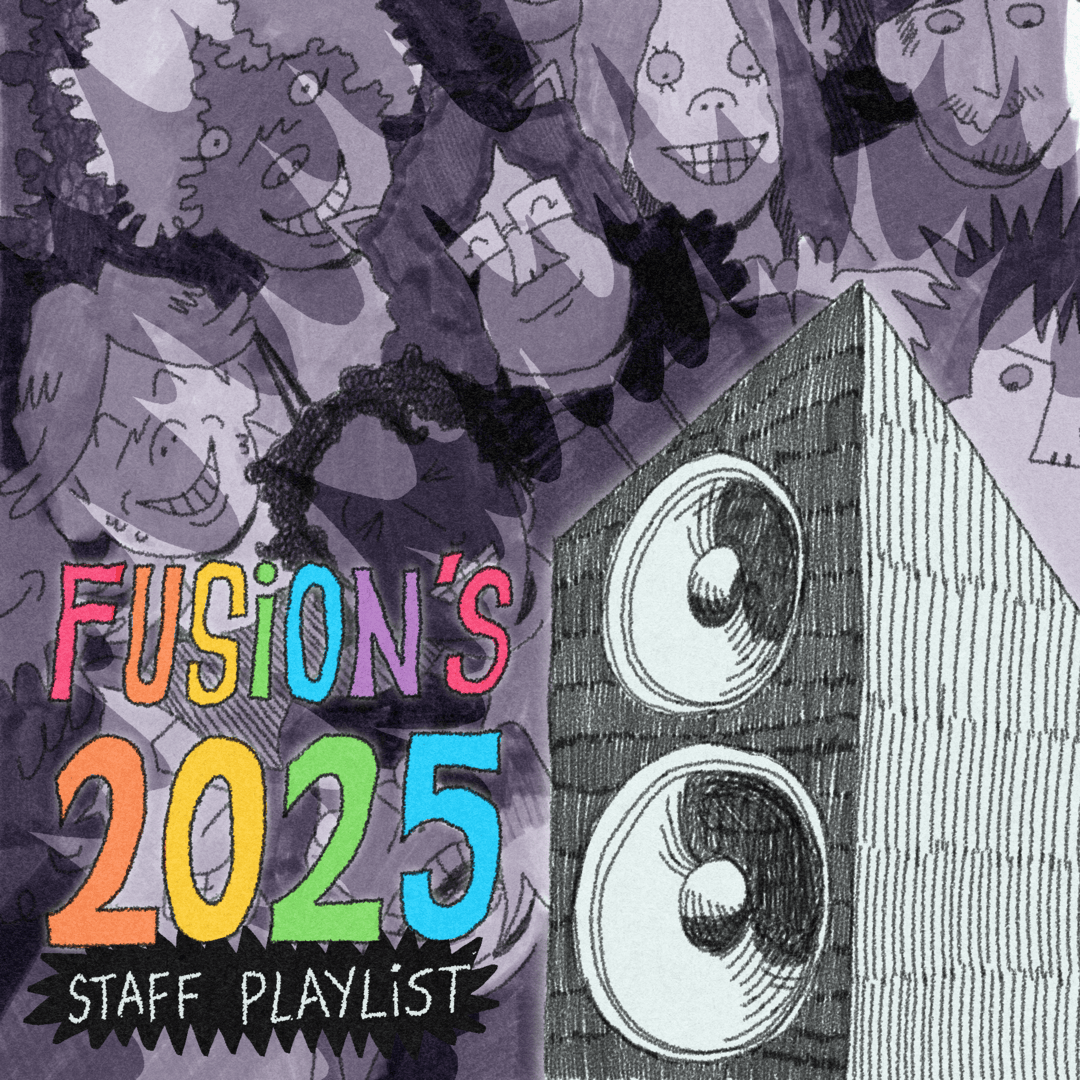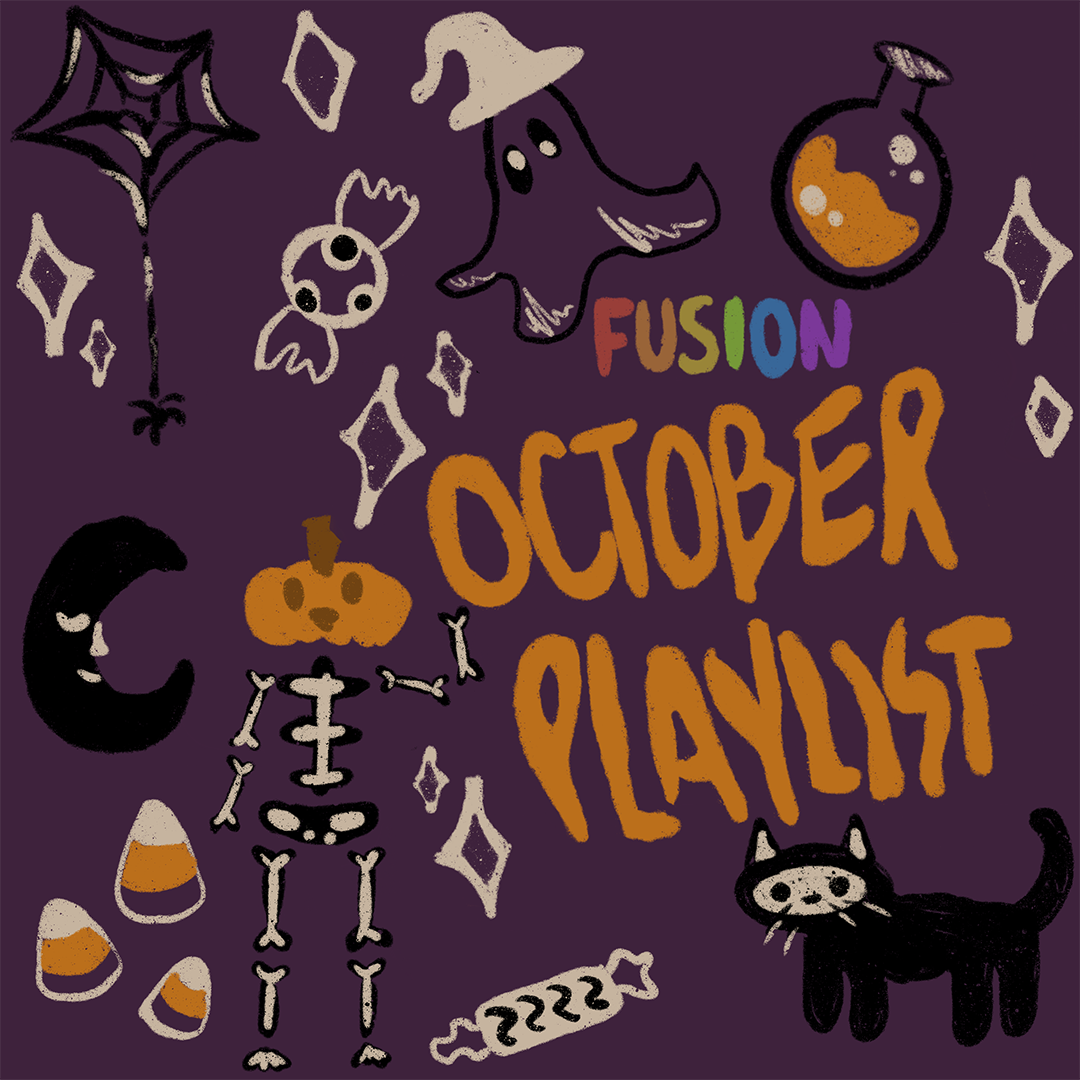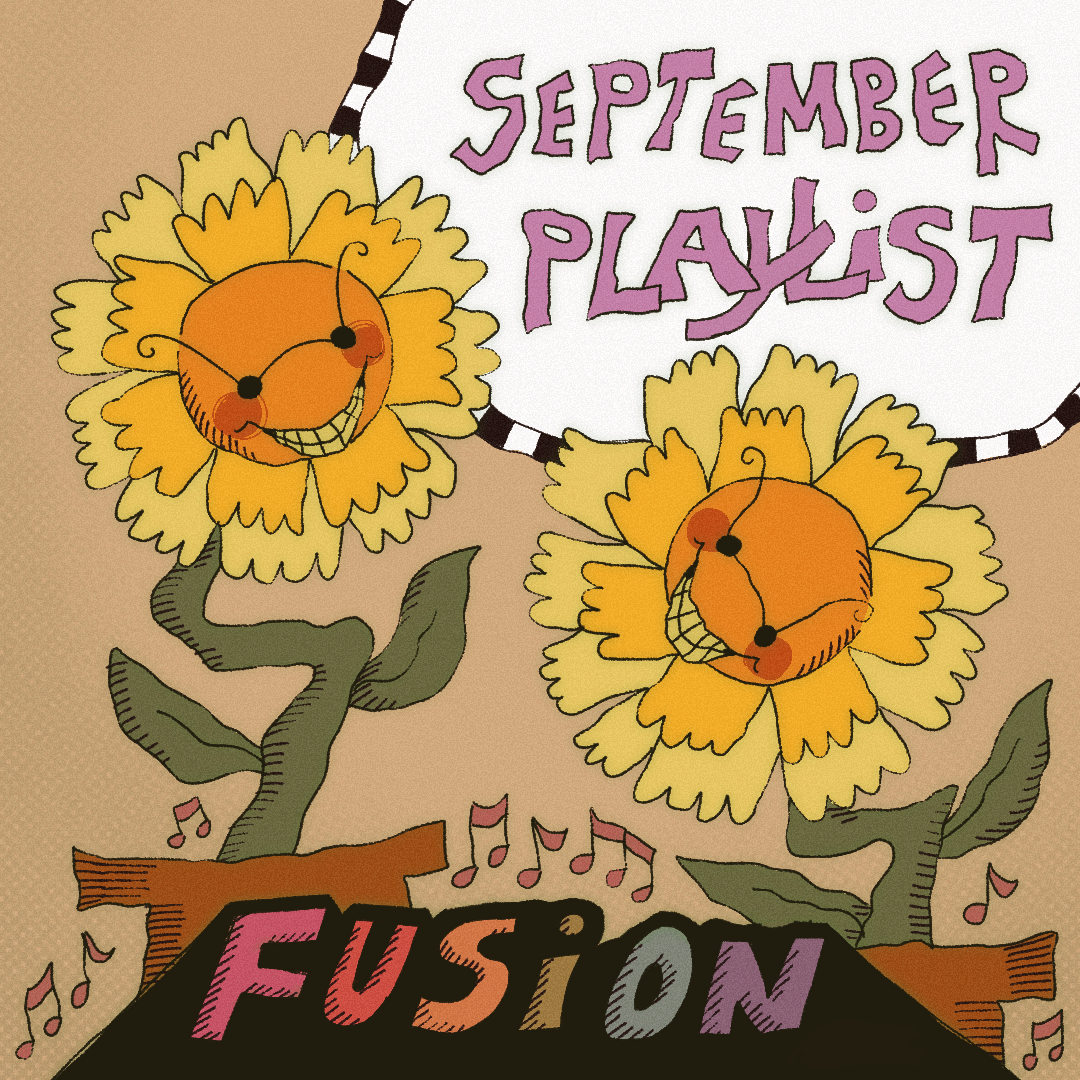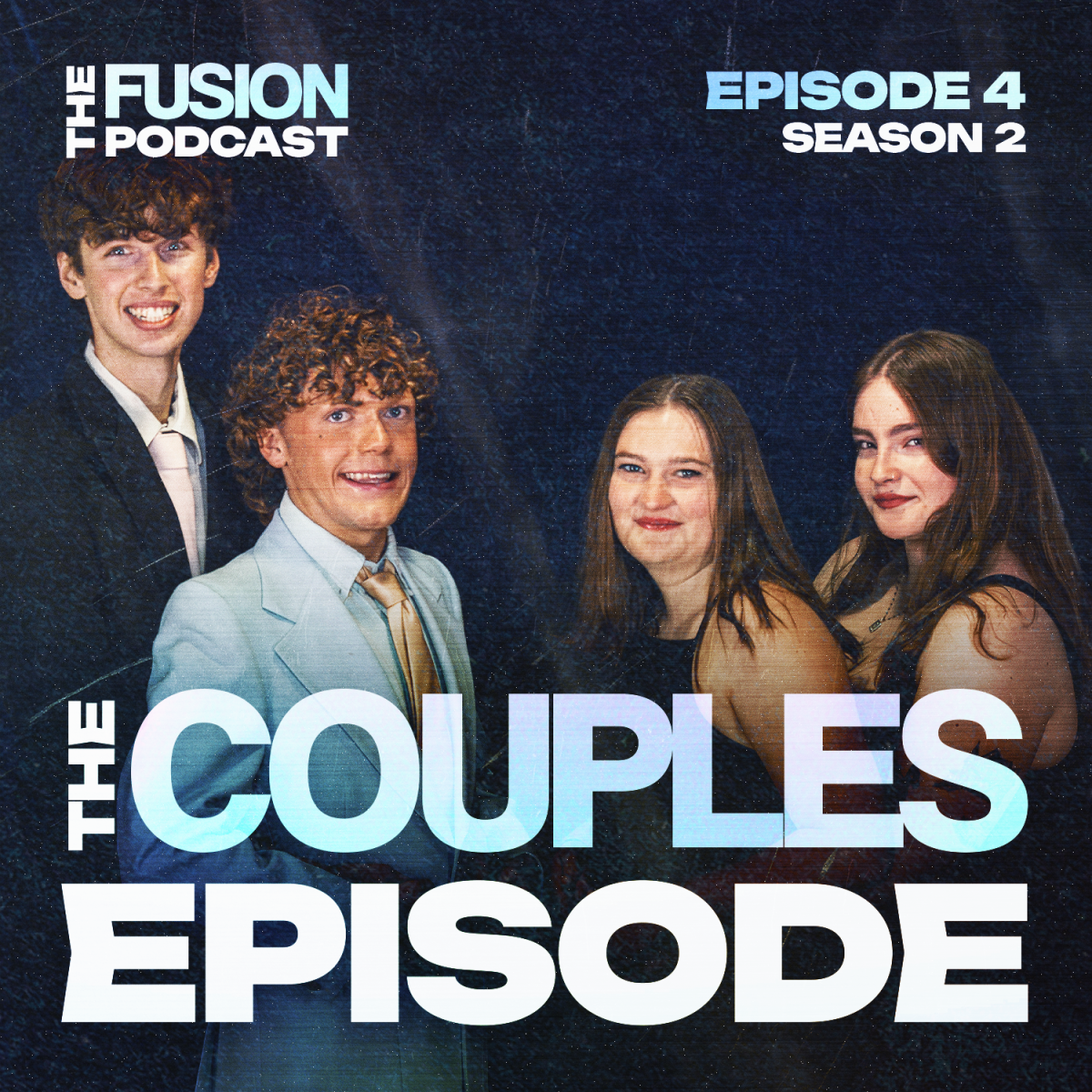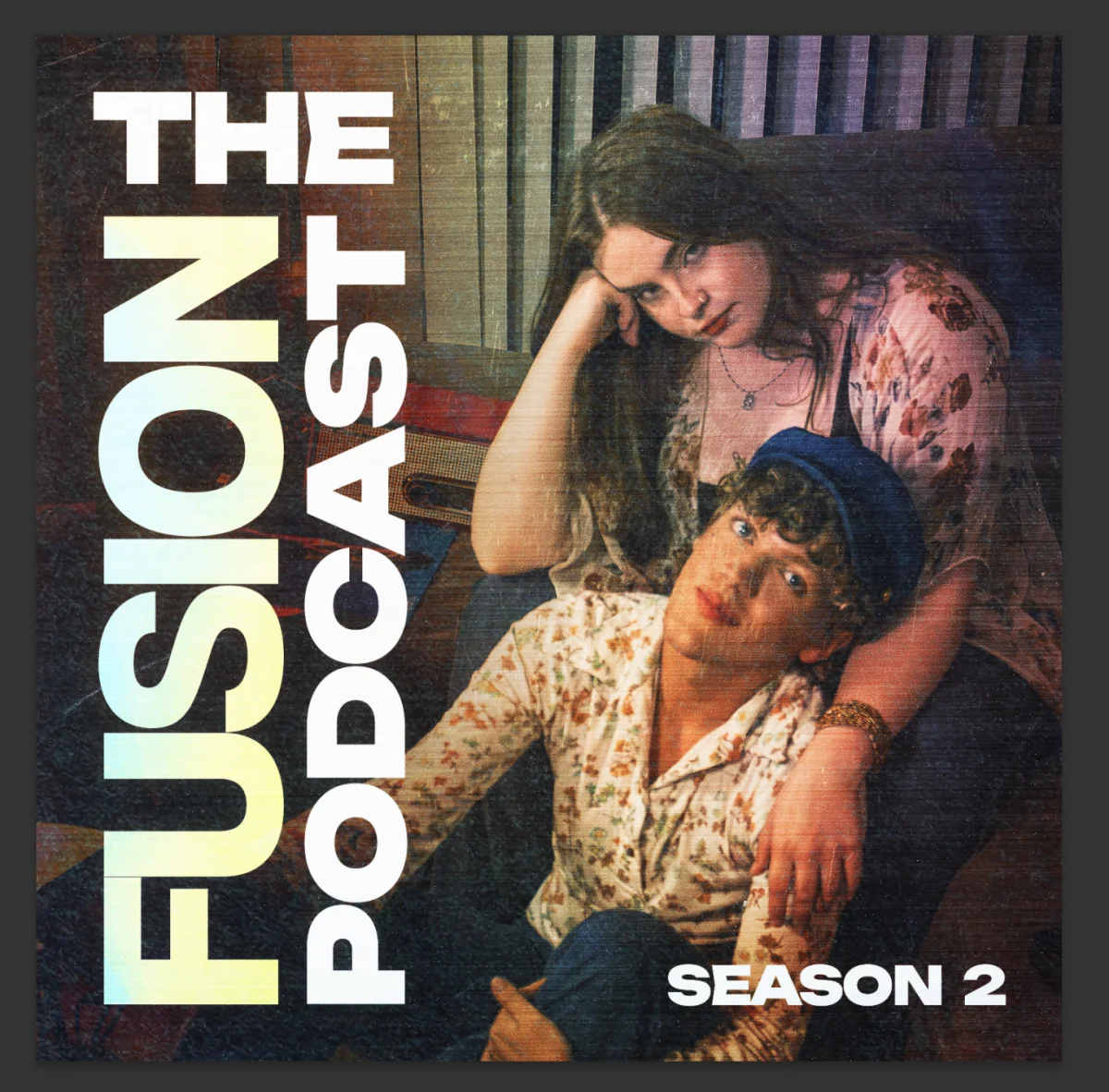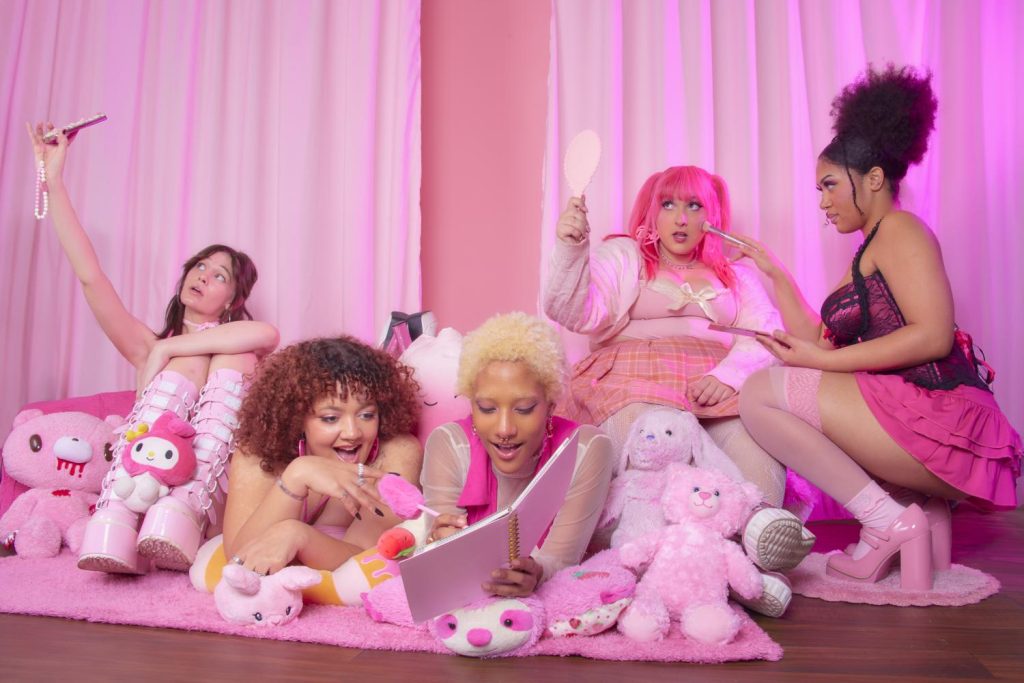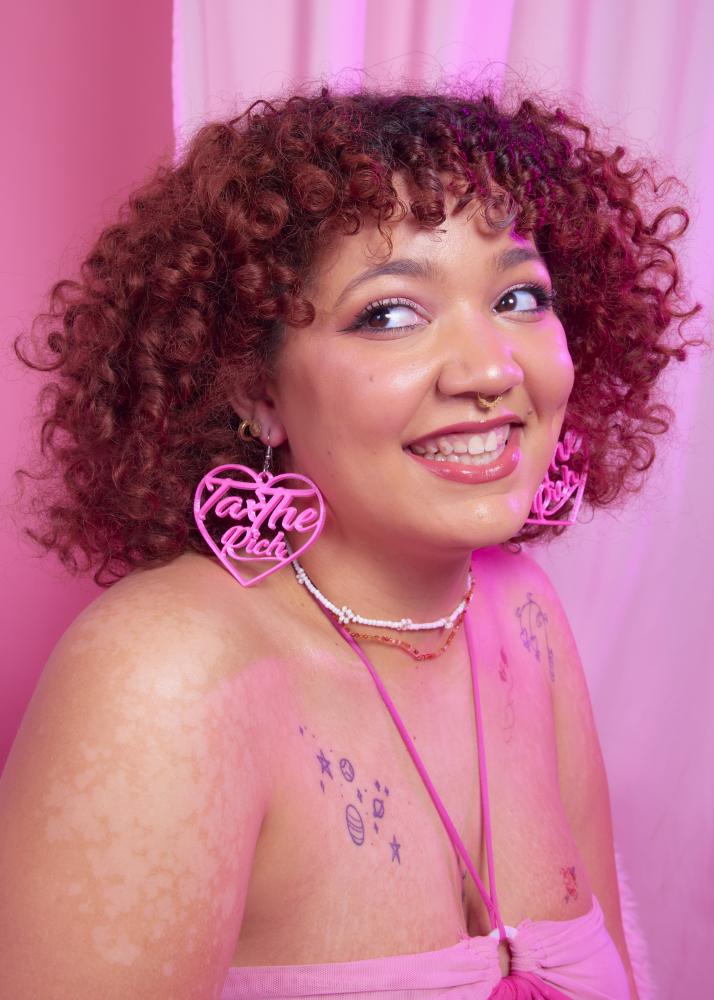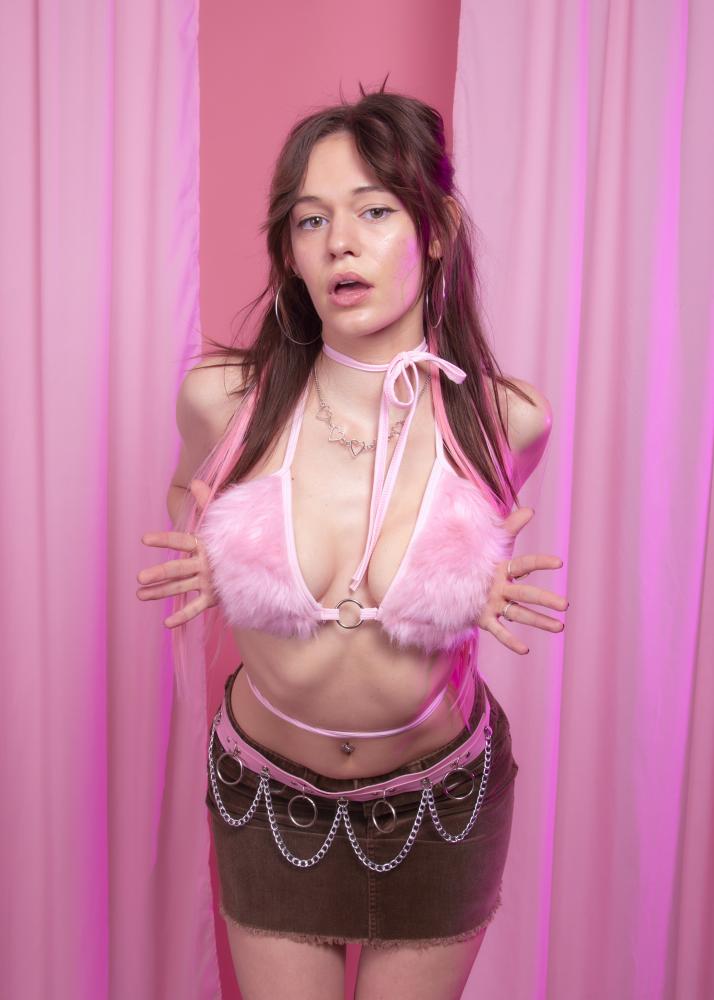In the last few years, the bimbo aesthetic has taken off among members of Generation Z. Thanks to TikTokers like Chrissy Chlapeka, young women have begun to embrace all things girly.
This flood of pink comes in tandem with the “Barbie” movie, pushing girls and femme-presenting people to reject the age-old saying “I’m not like other girls” and adopt every frilly pink thing that they possibly can.
According to Merriam-Webster, the term “bimbo” describes “an attractive, vacuous woman”. In other words, describing someone as a bimbo means that they are seen as beautiful, but stupid. In more recent years, the meaning of this word has shifted from a derogatory label to an embraced symbol of feminine acceptance.
Roisin Lanigan, a writer for i-D Magazine, describes the new meaning of “bimbo” as “a byword for dropping out of the hustle culture and also kind of reclaiming unapologetic femininity.” It has grown to be associated with anti-capitalism and queerness.

“I feel like as a lesbian, I’m expected to dress or look a certain way and people don’t typically think I’m a lesbian because I like to dress hyper feminine.” Nina Jannsohn, a freshman Fashion Merchandising major at Kent State University said. “Bimbo-core has kind of become a thing of the queer community and I like that because to other queer people, they see me dressing in that kind of way and know that I’m also queer.”
The bimbo aesthetic has been adopted by many queer musicians who are rising stars in the pop music world.
Many of these artists use the bimbo aesthetic to celebrate their sexuality under the lens of feminine liberation. “I don’t do this for the misogynistic male gaze, I do it for my gaze!” Chlapeka said in one of her many viral TikToks.
Another example of queer, bimbo pop music comes from Chappell Roan. Her most recent album “The Rise and Fall of a Midwest Princess” features several songs that scream bimbo.
Roan has carefully used the rise in appreciation for bimbo-core as a way to playfully incorporate bisexuality into her music. Her songs often feature a male or female love interest, and many of her lyrics are left ambiguous so the listener can apply it to their own lives.
From the sapphic anthem “Red Wine Supernova” to the boldly bisexual “After Midnight,” Roan uses a combination of innuendo-laced lyrics, bubbly beats and her own huffy, viscous voice to celebrate feminine sexuality.
Roan’s songs range from being playfully party-centric to being laced with yearning and melancholy. Regardless of melody her music always packs a lyrical punch and encourages everyone to explore their sexuality.
“Her music is so empowering because it’s so relatable in a moving forward way.” Natalie Phillips, a sophomore Fashion Merchandising major at Kent State University said. “There’s a song for anyone, from ranting about a situationship to being drunk and hot.”
Roan’s song “Super Graphic Ultra Modern Girl” blends bimbo culture quite well with being queer. The lyrics tell her own story of abandoning “hyper-mega bummer boys” and finding a “hyper-sexy top to bottom girl” instead.
Bimbo-core content emphasizes a rejection of the male gaze and urges people to embrace pink, skimpy clothing as a way to boost their own confidence.

Much of the online space is declared to be for the girls, the gays and the theys so people feel more comfortable experimenting with more revealing feminine fashion. It has quickly become a safe space for queer people.
Many members of the LGBTQ+ community, especially female and femme-presenting individuals, never had the chance to freely express their girlhood. The inherent feeling of otherness often caused them to denounce femininity at a young age.
The rise of the bimbo aesthetic looks to change this, and give those individuals a chance to express their femininity without shame.
“Myself and every other queer person deserve to feel as confident as anyone else.” Phillips said. “People love to use ‘bimbo’ as an insult, but I feel like in today’s pop culture society it has been reclaimed as a word for empowerment.”

